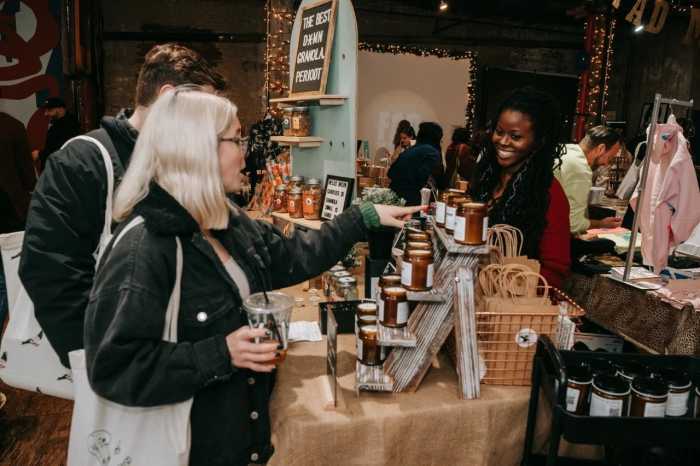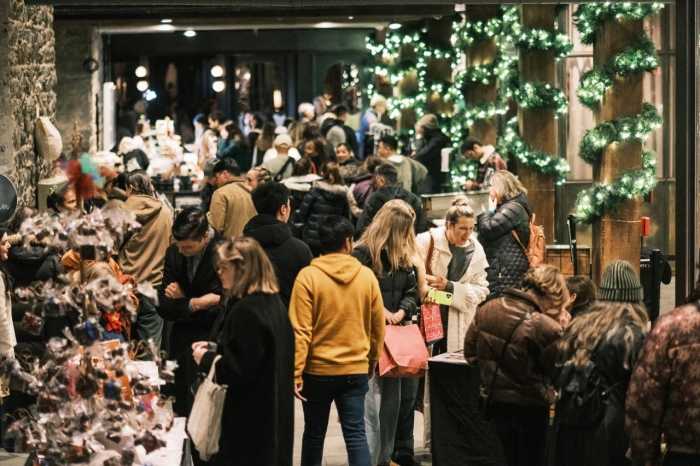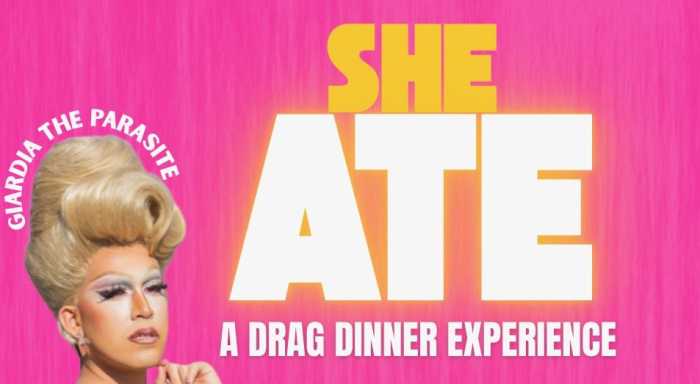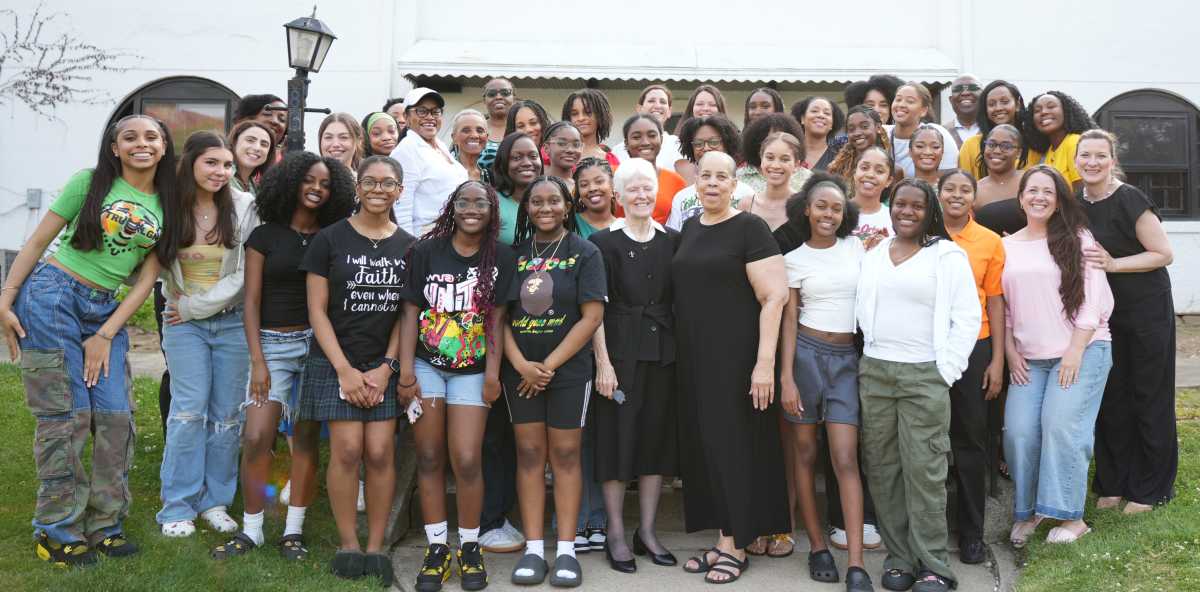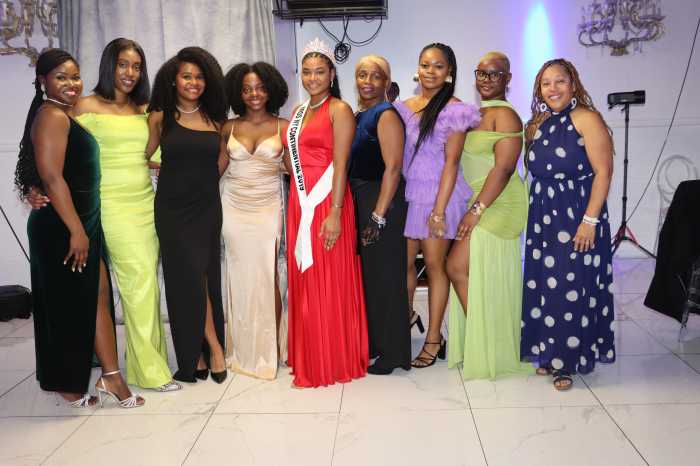Park City, Utah – It starts on the plane.
The guy across the aisle on the early morning flight out of JFK
to Salt Lake City is reading Jonathan Lethem’s "Fortress
of Solitude." You can take ’em out of Brooklyn, but you
can’t take Brooklyn out of well, you know how it goes.
Last month’s Sundance Film Festival cranked out another edition
peppered with Brooklynites. While there were many films from
all over the country that will probably make appearances on screens
large (director-writer Craig Brewer’s "Hustle & Flow"
seems a likely contender for wide release) and small (Jessica
Sanders’ documentary, "After Innocence," is already
slated for cable sometime this year), it’s likely that we’ll
also see work by our neighbors on these same screens within the
year.
(Last year, Williamsburg resident Joshua Marston’s film "Maria
Full of Grace" – the audience favorite in 2004 – wound up
making quite a stir: among many other prizes, he won the New
York Film Critics Circle award for best first feature and the
lead actress, Catalina Sandino Moreno, has been nominated for
an Academy Award. Not a bad year’s work.)
Noah Baumbach’s latest film "The Squid and the Whale"
is a cinematic take on the filmmaker’s youth in Park Slope. With
great performances by Laura Linney and Jeff Daniels as parents
going through a painful separation and Jesse Eisenberg and Owen
Kline as the sons caught in the middle, the film was shot in
Brooklyn and makes an immediate connection with the audience,
not only geographically, but emotionally. It is a powerful and
heartfelt portrait of divorce. At the end of the festival, Baumbach
– who also authored "The Life Aquatic with Steve Zissou"
and directed and penned 1995’s "Kicking and Screaming"
– walked away with jury awards for directing and writing.
"Loggerheads" is Cobble Hill resident Tim Kirkman’s
handsomely written story of three separate lives that may or
may not connect over time. A winning cast – Chris Sarandon, Bonnie
Hunt, Tess Harper and Michael Learned – help make this subtle
film work. Both "The Squid and the Whale" and "Loggerheads"
screened in the American Dramatic competition.
The Duplass brothers – Mark (of Greenpoint) and Jay (of Williamsburg),
who were here last year with their short "Scrabble,"
made a return trip this year with their first feature-length
film, "The Puffy Chair." It didn’t take them long to
start the march up the film food chain with their film’s appearance
in the American Spectrum section of the festival.
Also in the American Spectrum section was "Love, Ludlow,"
directed by Carroll Gardens resident Adrienne Weiss. Weiss’ film,
about three lonely individuals who learn to connect emotionally,
is this stage director’s film debut. In an e-mail interview with
GO Brooklyn, she wrote about the differences between directing
for the stage and for celluloid.
"For me, the most exciting thing about film acting vs. stage
acting is the immediacy and intimacy of film," said Weiss.
"You’re going for a genuine connection between the actors,
and you can capture it up close and completely spontaneously
when you’re working with a camera. There’s an element of surprise
and spontaneity that I find thrilling."
For a first-time filmmaker, Weiss had a relatively easy time
getting started.
"The project came about in a kind of magical and unexpected
way," she said. "I had another project I was getting
ready to do, and out of the blue I got a phone call from a former
student of mine, Ruben O’Malley, a wonderful DP [director of
photography] and fellow Brooklynite. He told me he’d been hired
to shoot the project. There was a script, the financing and the
start date, but no director. As it was based on a play, they
were looking for someone who was good with actors, and so he
thought of me." Weiss is a former adjunct professor to New
York University’s graduate film program who now teaches workshops
in New York and Los Angeles.
"I read the script, thought there was something there, and
shortly after was hired to direct it," she said. "I
worked with the writer for about two weeks on a re-write, and
then we went into pre-production! I still can’t believe it was
that easy to do my first feature. I feel very fortunate."
This is Weiss’ first time at Sundance and all was going well
for her.
"It’s great to connect to other filmmakers, and also really
be introduced to the industry. Our first screening went amazingly
well, and our producer is talking to distributors." The
Sundance festival is working as it should for Weiss.
Brooklyn at Slamdance
While the Sundance Film Festival takes place at many venues throughout
the suburban town of Park City, the Slamdance Film Festival uses
two smaller and funkier theaters to ply its wares. Eleven years
ago, this upstart festival was a reaction to the Hollywood-ization
of Sundance. Although it’s still more edgy than Sundance (in
one room, the video projector sits on the floor), the organization
has about as many sponsors as does Sundance and they give their
filmmakers loads of "swag" – just like their wealthier
cousins at Sundance. (For the uninitiated, swag is the free stuff
– the gift bags!)
Slamdance also has their own publicity department, which sends
out press releases whenever a film is sold to a distributor.
But they can be forgiven this crass bit of business, because,
after all, getting films seen are the reason film festivals exist.
By getting publicity and distributors for these films, the festival
helps to get the films seen by even more people.
I ventured over to Slamdance (for the first time) to see works
by a number of Brooklyn filmmakers who were making their mark
there.
Don Bernier, also of Carroll Gardens, was on hand at Slamdance
to present his documentary "In a Nutshell." This film
documents the trials and tribulations of artist Elizabeth Tashjian.
Raised in New York, Tashjian moved to Old Lyme, Conn. with her
mother, with whom she lived until her late 40s, when her mother
died. She began painting at the National Academy of Design in
New York in 1931. Her work consisted almost entirely of still
lifes, and all contained images of nuts. Tashjian was so obsessed
with them that she opened a nut museum in her home. When Tashjian
became old and ill, she became a ward of the state against her
will.
Bernier’s lovely, touching film asks the question, was she really
"nuts" or just an eccentric artist? "In a Nutshell"
speaks to issues of age and gender as well.
Bernier chatted with the audience after a screening of the film
and told GO Brooklyn that he became acquainted with Elizabeth
a few years ago and put aside his avant-garde tendencies to make
a straight-forward documentary. (Bernier’s experimental work
has been shown in the New York Video Festival.)
"I still love the idea of a small screen," he said.
Consequently he’s looking into screening it on public television.
In the meantime, he was having fun in Park City. "Good swag
bags," he volunteered.
Documentaries about musicians abounded at both festivals. Philip
Di Fiore, of Brooklyn Heights, discovered the subject of his
film "Stranger: Bernie Worrell on Earth" at his New
Jersey high school.
"He was the father of a friend of mine," Di Fiore said.
"The kid managed the football team. I just knew him as Mr.
Worrell who would pick up his son after school." It turns
out there was much more to the man. Bernie Worrell is a keyboardist
extraordinaire, who worked with such music luminaries as Talking
Heads, George Clinton and Mos Def. A child prodigy who studied
classical music, he found his way to popular forms, including
his own group, P-Funk. But for all Worrell’s talent, he owned
none of the music he wrote.
Filled with interviews of some of the best and the brightest
of rock, funk and rap, "Stranger: Bernie Worrell on Earth"
is an indictment of racism and corruption in the music business,
but also a lovely portrait of a forgotten genius. Bernie Worrell
himself showed up and played with George Clinton for the closing
night party on Jan. 28.
"Tragedy: The Story of Queensbridge" covers the hip-hop
scene that stems from a Queens housing project. Directed by Booker
Sim, of Williamsburg, and produced by Malcolm Heard, of Fort
Greene, the film scans the life and times of rap artist Tragedy
(aka Percy Chapman) and a host of other rappers. It’s a gritty
film, brimming with life, loyalty and machismo.
The first question I had to ask Sim and Heard was how two white
Canadian boys (the filmmakers are childhood friends, moved to
Brooklyn together and lived in the same house in Fort Greene
until it burned down) get to know and gain the trust of these
"up from the street" kids?
"We came to New York to work with them, to use their music
on a documentary we made about Liberia," Sim told GO Brooklyn.
At the same time they were looking for a way to use hip-hop to
examine geopolitics.
"We had to earn their trust, naturally," said Sim.
Once that was accomplished, they had to beg favors and borrow
to make the film – the usual route of truly independent filmmakers.
I sat down with Sim, Heard and DiFiore for bagels and coffee
in the New York State lounge on Main Street on Jan. 26. We talked
about the pluses of a festival like Slamdance.
"Slamdance is truly independent," said Heard. Di Fiore
concurred.
"A film like mine could get lost in the shuffle of Sundance,"
Di Fiore said. At Slamdance the films stand out. And most screenings
sell out. Granted, most of these rooms (and they are rooms) are
smaller than the theaters showing the Sundance films. But that’s
the point – better a 50-seat theater filled to capacity than
50 people lost in a 200-seat hall. In Salt Lake City, however,
where films from both festivals screen, "Tragedy" played
to a full house in a huge theater. And what did they discover
there?
"There were groups of local hip-hop fans," said Sim.
Who knew?
"On the Outs," by former Cobble Hill resident Lori
Silverbush and Fort Greene resident Michael Skolnik, won both
the Grand Jury and Audience awards for best feature narrative
at Slamdance.
Last year, Skolnik was at Sundance as associate producer of Ivy
Meeropol’s documentary "Heir to an Execution." This
year at Slamdance, he and Silverbush showed "On the Outs,"
a drama about the lives of inner city girls.
In an e-mail, Skolnik told GO Brooklyn about the genesis of the
film: "As a documentary filmmaker, I felt very strongly
that this film had to be truthful and honest. The only way to
make it a reflection of young women incarcerated was to go to
the women themselves. So we spent three months inside a juvenile
detention center working with young women who were incarcerated
on a variety of charges.
"These young women shared their stories with us, which ultimately
became the basis for our film. We are indebted to them because
without them we would never have been able to make this film
the way in which it was made."
Skolnick appreciated the reception "On the Outs" received
at Slamdance.
"We had a blast at Slamdance," said Skolnik. "As
it was quite a struggle to get people to pay attention to our
film, because Sundance is such an attraction, at the end of the
day, we were blessed to be part of the festival. The fact that
we won the Grand Jury Prize and the Audience Award for Best Narrative
Feature was icing on the cake. We never expected to win any awards
and the fact that we won two is amazing."
To be sure, these were not the only Brooklyn filmmakers in Park
City. Short filmmakers and artists with online works were also
at both festivals. In fact "Bullets in the Hood: A Bed-Stuy
Story," a short in which Terrence Fisher and Daniel Howard
examined police shootings in their neighborhood, won the jury
special recognition prize. But it’s come to this – there are
just too many Brooklyn artists to be included in one article.
Bad news for those who couldn’t be listed. Good news, though,
for filmmakers all over the borough.
Marian Masone is the associate
director of programming for the Film Society of Lincoln Center
and chief curator of The New York Video Festival.








